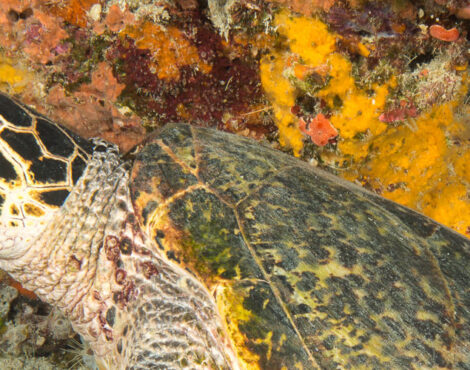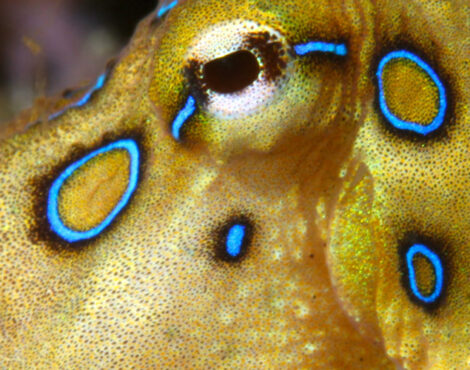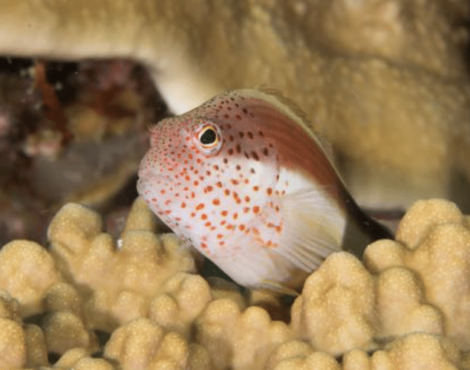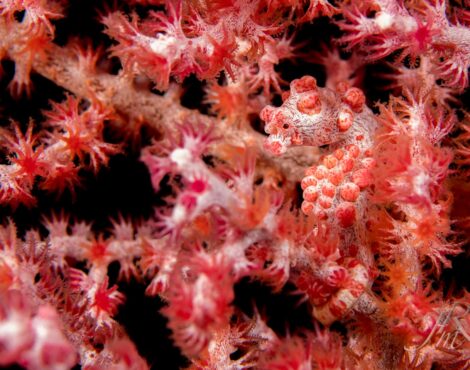
Within minutes of leaving the busy port city of Manado, you find yourself within the heart of a marine national park that is home to thousands of different species â from rare cetaceans, obscure cephalopods, and all kinds of weird critters that belong more in a science fiction movie than the real world.
One of reasons why Bunaken Marine Park (and the rest of the coral triangle, for that matter), is so incredibly diverse is because of the huge variety of marine ecosystems found within a relatively small area. Each one plays an important role in keeping life in balance, and although some may receive almost all the attention â weâre looking at you, coral reef â this doesnât make the others any less essential to the sustained health of the park.
So today, we will discuss one of our most underappreciated marine ecosystems, and it happens to be geographically the closest one to Siladen Resort & Spa â the humble sea grass meadow.
What is Seagrass?Â
While the name might sound like it explains everything you need to know, seagrasses are actually more closely related to lilies than terrestrial grasses. There are 72 known species of seagrass found around the globe, with habitats ranging from the icy poles all the way to the tropics.
It is easy to look at a patch of seagrass and think âI wish someone would do something about that slimy messâ, but when you really think about it, seagrasses are extremely tough organisms that deserve more respect than they get.
There are very few plants in this world that are as tough and hardy as seagrass. Most organisms found underwater that divers and snorkellers assume are plants are actually algae, which are far more suited to surviving in a marine environment than a flowering plant.
Seagrass has evolved to survive some extreme conditions. Large tidal excursions can cause enormous temperature changes in the shallows, and even leave them on dry land for hours at a time. Those found near river mouths must deal with constantly varying salinity, and storms impact the shallows more than any other marine environment.
Does Seagrass Need Light to Survive?
 Seagrass photosynthesise in the same way as you would expect any terrestrial plant to do so. In order to photosynthesise, they need at least 11% incident light, which means they are found in their greatest numbers in very shallow water â where light is plentiful.
This doesn’t mean that they cannot survive in deeper water though. You can find patches of seagrass at many of the muck diving sites on the North Sulawesi coastline, where they are often found as deep as 30 metres or more â which is impressive considering the black sand slopes have extremely reduced viability compared to the crystal clear waters found around Bunaken, Siladen, or Manado Tua.
Being plants, they come complete with a root system (called rhizomes) that burrows below the substrate to stabilise the organism and extract nutrients from below. While they favour growing over soft substrate such as sand or muck, they have been known to also grow on coral or rock when space has been limited.
Seagrasses are the Heroes we Need
Often referred to as âthe lungs of the seaâ, one square metre can generate 10 litres of oxygen in a single day through photosynthesis. When snorkelling over a seagrass meadow, you can actually see small bubbles of oxygen being released by these amazing plants. Their complex root systems also traps and stabilises sediment, which significantly reduces land erosion, and more importantly for us divers, keeps the water free of suspended particles, thus improving viability.
Everybody knows how important plants are for our planet. Aside from producing the very gas we â and all other animals â need to survive, they also trap vast amounts of carbon, which is vital for the future if we keep following the same path we are currently on.
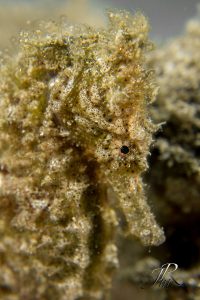
Terrestrial trees use carbon absorbed from the air to help build their trunks, and seagrasses operate in a similar way, however instead they take carbon from the water and use it to build their leaves and roots. This carbon is stored in the plant material, and as the plant and associated organisms die and decay, they fall to the sea bed and become buried in the sediment. An estimated 83 million tons of carbon are captured each year by seagrass meadows, and the only way it can make its way back into the environment is if the meadows are destroyed and cleared.
Amazingly sea grass meadows make up only 0.1% of the sea bed, yet they hold 11% of all organic carbon buried in the ocean. A single acre of sea grass meadow can store up to 83g of carbon per year â which is roughly the same amount emitted from a car travelling over 6000 kilometres. This makes sea grass meadows one of our most vital weapons in the fight against climate change, and we need to to everything we can to protect them.
Exploring Seagrass MeadowsÂ
Despite how amazing they are, many people do not give seagrass meadows the time of day, and often they miss out on visiting this surprisingly diverse ecosystem.
In a similar fashion to mangroves, seagrass meadows make excellent nurseries for juvenile fish. Just spending 20 minutes snorkelling over the meadows will reveal a plethora of life that you would never see snorkelling or diving over a coral reef. Numerous fish and invertebrates call them home, including but not limited to, Picasso triggerfish, robust ghostpipefish, sea horses, juvenile blacktip reef sharks, and moray eels, not to mention green turtles often visit as they love to eat seagrass.
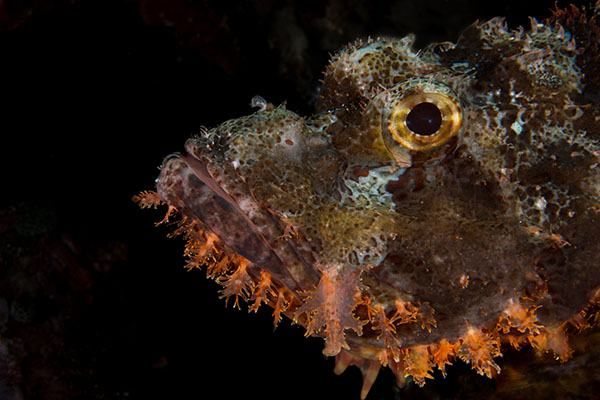
But the real star of the show when exploring seagrass meadows would be the worlds only true herbivorous mammal â the dugong. These gentle giants are known to live throughout Bunaken Marine Park, and one of the best places to spot them is over the seagrass meadows that surround Siladen. Being quite large, they can only come into the meadow during high tide, however once they are there they will devour enormous patches of sea grass, but luckily, they only eat the leaves, so the rhizomes will simply grow new leaves to replace them. While sightings of these marvellous mermaids (yes, they are actually the real inspiration behind mermaids)Â are rare, the vast majority of the time that our guests encounter them is while snorkelling over sea grass meadows.
Please Protect Our SeagrassÂ
While the majority of people would never dream of walking over a coral reef, many would not even think twice about doing the same over seagrass. Although seagrass is robust and can survive being trampled on a little, the smaller creatures that call it home are not quite as tough, and you could easily kill a lot of life in just a few minutes.
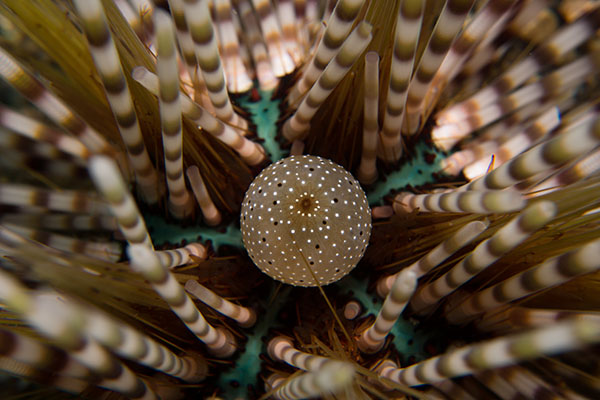
Another important reason to not walk over seagrass is because it is not just juvenile species that live there. The soft substrate make a great resting place for stingrays, and the tangled mess of leaves make perfect hiding spots for potentially dangerous ambush predators such as stonefish (standing on one of these would instantly ruin your vacation), and urchins gather in huge numbers to graze and breed, and while standing on one of these wouldnât necessarily ruin your vacation, it is still extremely painful.


